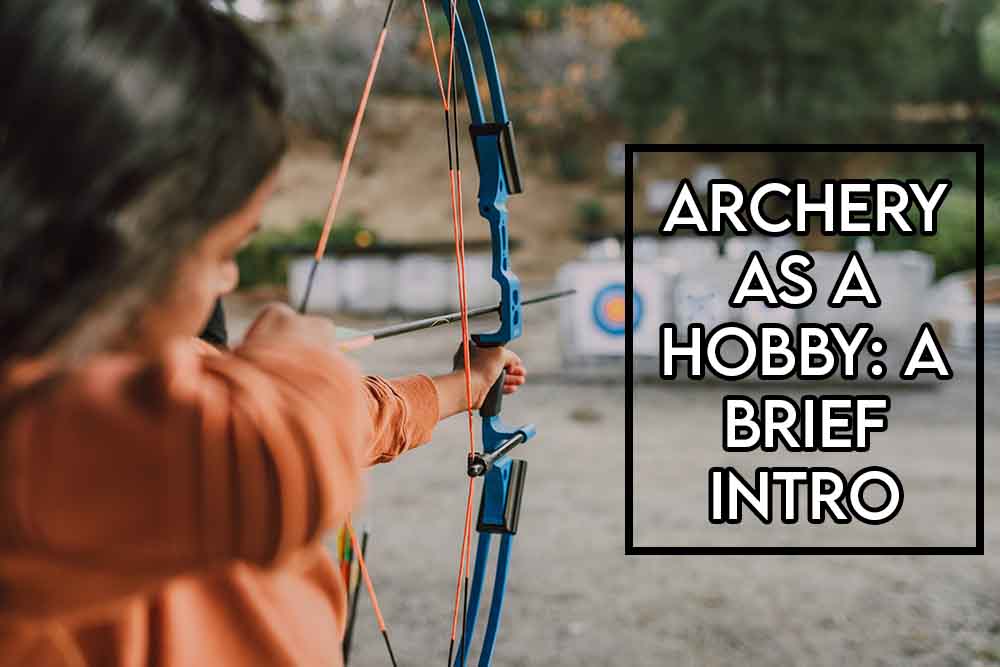A Brief History of Archery
Archery, using a bow to shoot arrows, has a rich history. It began as a crucial skill for hunting and warfare. The earliest evidence of archery dates back to the late Paleolithic period, around 10,000 BC. Egyptians used archery for warfare around 3,000 BC. Throughout history, archery played a significant role in many cultures. English longbowmen were pivotal during the Hundred Years’ War. Mongolian horse archers, under Genghis Khan, showcased its strategic importance. The advent of gunpowder and firearms reduced archery’s military use. Archery then transformed into a sport and recreational activity.
Types of Bows
Archers can choose from various bows, each with unique features.
- Recurve Bow:
- Design: Tips curve away from the archer when unstrung. This design stores more energy.
- Use: Used in Olympic archery and popular among traditional archers.
- Compound Bow:
- Design: Uses pulleys and cables to bend the limbs. This offers a mechanical advantage.
- Use: Commonly used in hunting and target archery for its power and accuracy.
- Longbow:
- Design: Tall and straight-limbed, usually made from a single piece of wood.
- Use: Historically significant in medieval warfare, now used in traditional archery.
- Crossbow:
- Design: A horizontal bow mounted on a stock. Shoots bolts or quarrels.
- Use: Popular in hunting and target shooting for ease of use and accuracy.
- Barebow:
- Design: Similar to the recurve bow but without accessories.
- Use: Emphasizes skill and instinct, favored by traditional archers.
Types of Releases
The method of releasing the bowstring affects accuracy and consistency.
- Fingers:
- Description: Using fingers to draw and release the bowstring is traditional. Archers use three fingers.
- Use: Common in traditional and Olympic recurve archery.
- Mechanical Release:
- Description: A device held in the hand, attaches to the bowstring, and releases with a trigger.
- Use: Used with compound bows in hunting and target archery for precision.
- Thumb Release:
- Description: Uses a thumb ring or tab to draw and release the string. Common in Asian archery.
- Use: Popular in traditional Mongolian, Korean, and other Asian styles.
- Back Tension Release:
- Description: Activated by back muscles, not a trigger. Promotes a smooth release.
- Use: Favored by competitive archers for improved accuracy.
Archery Activities
Archery offers a range of activities for different interests and skill levels.
- Target Archery:
- Description: Archers shoot at stationary targets at set distances.
- Formats: Includes indoor and outdoor competitions. Olympic archery is a popular form.
- Field Archery:
- Description: Involves shooting at targets of varying sizes and distances, often in natural settings.
- Experience: Simulates hunting conditions and requires terrain adjustment.
- 3D Archery:
- Description: Archers shoot at three-dimensional animal-shaped targets in natural settings.
- Use: Popular among hunters for practice.
- Bowhunting:
- Description: Hunting game using a bow and arrow.
- Regulations: Requires knowledge of local hunting laws and ethical practices.
- Traditional Archery:
- Description: Focuses on historical and cultural practices using traditional equipment.
- Activities: Includes historical reenactments and traditional competitions.
- Clout Archery:
- Description: Long-distance shooting at a flag on the ground with scoring zones.
- Challenge: Tests distance estimation and arrow trajectory adjustment.
Benefits of Archery
Archery offers physical, mental, and social benefits.
- Physical Fitness:
- Strength: Drawing a bow strengthens the upper body.
- Coordination and Balance: Improves hand-eye coordination and balance.
- Endurance: Builds stamina and cardiovascular health.
- Mental Discipline:
- Focus and Concentration: Requires intense focus, improving cognitive functions.
- Patience: Fosters patience and persistence through practice.
- Stress Relief: Can be a relaxing and meditative activity.
- Social Interaction:
- Community: Archery clubs and competitions build a sense of community.
- Teamwork: Encourages teamwork and camaraderie.
- Skill Development:
- Goal Setting: Promotes setting and achieving personal goals.
- Problem Solving: Fosters analytical and problem-solving skills.
- Accessibility:
- Inclusive Sport: Accessible to people of all ages and abilities. Adaptive equipment enables participation.
Conclusion
Archery is a timeless sport that blends physical skill and mental discipline. It offers something for everyone, from beginners to experienced archers. The variety of bows, releases, and activities provides endless possibilities. Archery connects participants to an ancient practice that has spanned millennia. Engage in archery to discover its many joys and benefits.





